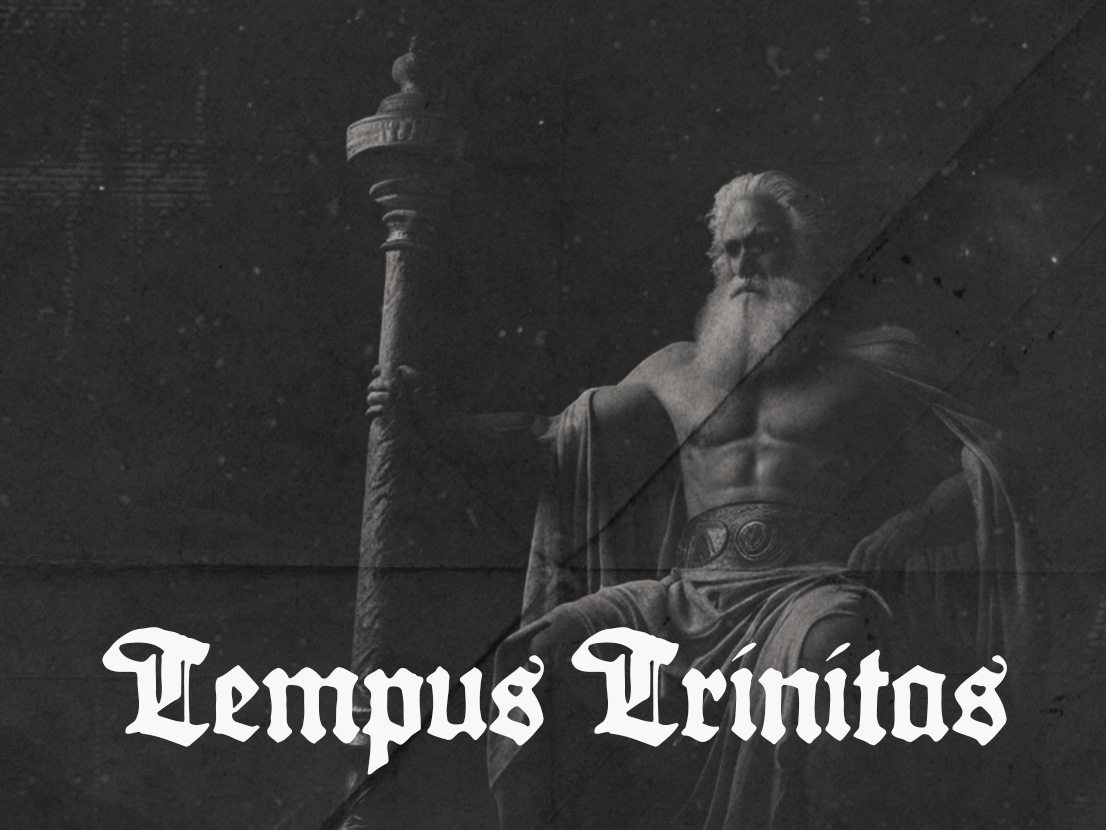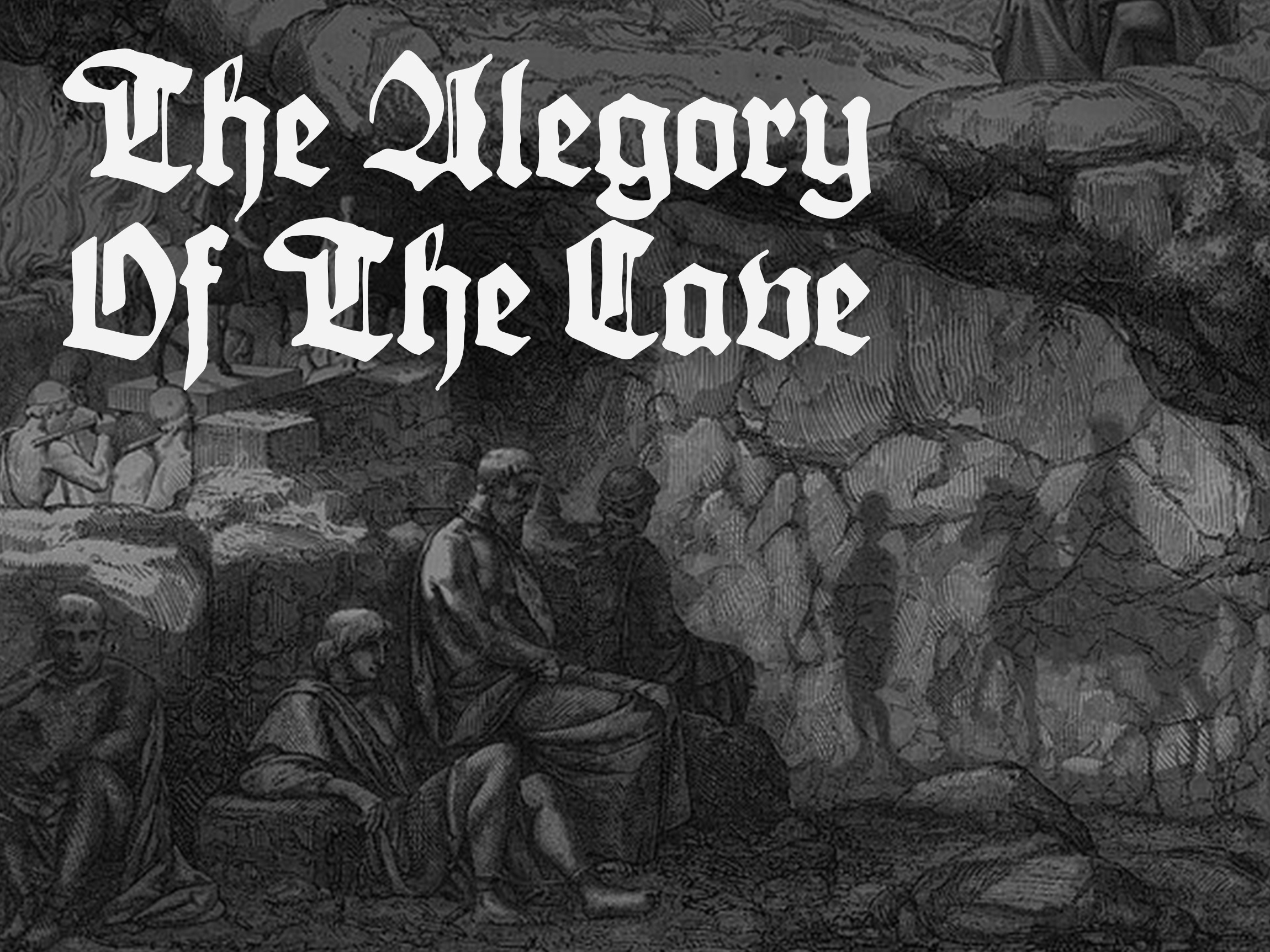Numaga, war chief of the Paiute during the Pah Ute War that took place in May 1860 in the vicinity of Pyramide Lake in the Utah Territory, now in the northwest corner of present-day Nevada.
Another Paiute chief wearing the Paiutes traditional clothes.
Sarah Winnemucca in Native American Paiute dress
Mask found in the Moche River valley. Mask of copper and gold alloy with eyes of shell, found in the Huaca de la Luna, Moche River valley, c. 400 BCE–600 CE, in the Linden-Museum, Stuttgart, Germany.
Statuette from the Moche culture, notable for its depiction of facial hair, a feature uncommon among Amerindian populations. Visit https://redhairmyths.blogspot.com/ for more intersting fact about the subject.
Statuettes of Vichama, dating back to around 1800 BC, showcasing the artistry of an ancient era. Notably, they depict individuals with unusual hair colors, such as red and blond, which stand out in the context of the region's history. Visit https://redhairmyths.blogspot.com/ for more intersting fact about the subject.
The Fomorians, John Duncan’s interpretation of the sea gods of Irish mythology (1912) (source: Wikimedia Commons)
Entrance to Lovelock Cave, a site shrouded in mystery and legend. Notably associated with tales of red-haired giants, the cave continues to intrigue researchers and enthusiasts alike
Thor Heyerdahl, the Norwegian explorer and ethnographer, became famous for his groundbreaking 1947 Kon-Tiki expedition, proving that ancient civilizations could have made long sea voyages across the Pacific.
Barry Fell, a renowned American professor and scholar, gained recognition for his theories on ancient transoceanic contact, particularly through his work on deciphering inscriptions from pre-Columbian America.
An 1892 illustration of the Cerne Abbas Giant, a prehistoric hill figure in Dorset, England, often associated with ancient fertility rituals. The origins and meaning of the figure remain mysterious, with theories ranging from a symbol of fertility to a depiction of a Celtic god or legendary giant.
Exemple from Chachapoya civilization in Peru : "The Cloud Warriors,' were a high-altitude civilization in Peru known for their distinctive tombs, fortresses, and advanced warfare techniques. They are remembered for their skill and resilience in the mist-covered mountains."
An old Chachopaya construction
Graham Hancock
David Hatcher Childress





